Home>Furniture & Design>Interior Design Trends>Why Break Glass At Jewish Wedding


Interior Design Trends
Why Break Glass At Jewish Wedding
Published: February 3, 2024
Discover the significance of breaking glass at a Jewish wedding and stay updated on the latest interior design trends. Explore the timeless tradition and modern design inspirations.
(Many of the links in this article redirect to a specific reviewed product. Your purchase of these products through affiliate links helps to generate commission for Storables.com, at no extra cost. Learn more)
Introduction
The tradition of breaking glass at a Jewish wedding is a captivating and symbolic ritual that has intrigued and fascinated people for generations. This ancient custom, steeped in history and tradition, holds profound significance within the Jewish faith and serves as a poignant and memorable moment during the wedding ceremony.
The breaking of the glass is a ritual that has transcended time, connecting the present to the past and carrying with it a rich tapestry of cultural and spiritual significance. As the delicate glass shatters under the groom's foot, it symbolizes far more than just a celebratory act. It embodies a profound and timeless message that resonates deeply within the hearts of those witnessing this sacred union.
This article delves into the captivating origins, symbolism, and modern interpretations of the tradition of breaking the glass at a Jewish wedding. By exploring the historical and cultural roots of this ritual, as well as its deep symbolic meaning, we aim to shed light on the profound significance of this age-old tradition. Furthermore, we will examine the ways in which this ancient custom has evolved and adapted to modern times, resonating with contemporary couples as they embark on their journey of love and commitment.
Join us on a captivating journey through time and tradition as we unravel the mystery and beauty behind the ritual of breaking the glass at a Jewish wedding. Let us embark on a fascinating exploration of the cultural, spiritual, and symbolic dimensions of this cherished tradition, and discover the profound significance it holds within the hearts and minds of those who partake in this timeless celebration of love and unity.
Key Takeaways:
- The tradition of breaking the glass at a Jewish wedding symbolizes the fragility of life and the enduring commitment of the couple to cherish and protect each other through joy and challenges.
- Modern couples have embraced innovative approaches to the tradition, infusing it with personal meaning and creativity, reflecting the diverse and dynamic nature of contemporary Jewish weddings.
Read more: Why Does Ceramic Break Glass
The Significance of Breaking Glass in Jewish Wedding Tradition
The breaking of the glass at a Jewish wedding is a deeply symbolic and cherished tradition that holds profound significance within the Jewish faith. This poignant ritual marks the culmination of the wedding ceremony, serving as a powerful symbol of both joy and solemnity. As the groom shatters the glass under his foot, the resounding crack echoes through the air, signifying the transition from the wedding ceremony to the jubilant celebration that follows.
The act of breaking the glass is steeped in rich symbolism, representing a poignant blend of joy and remembrance. It serves as a poignant reminder of the destruction of the Second Temple in Jerusalem, a pivotal event in Jewish history. This solemn undertone amidst the joyous celebration reflects the duality of life, acknowledging that even in moments of great happiness, there exists an awareness of the fragility and impermanence of life.
Furthermore, the breaking of the glass symbolizes the couple's commitment to stand by one another through both joyous and challenging times. Just as the shattered glass cannot be made whole again, the breaking of the glass signifies the irrevocable nature of the marriage covenant, emphasizing the couple's pledge to support and uphold each other throughout their lives together.
In addition to its historical and symbolic significance, the breaking of the glass also holds spiritual connotations within the Jewish faith. It is believed to ward off evil spirits and symbolizes the hope for a future filled with blessings and prosperity. The act of breaking the glass is a powerful declaration of faith and a poignant reminder of the enduring strength and resilience of the Jewish people throughout history.
The tradition of breaking the glass at a Jewish wedding is a poignant and evocative ritual that encapsulates the depth of emotion, history, and spirituality within the Jewish faith. It serves as a timeless symbol of love, commitment, and the enduring resilience of the Jewish people. As the shards of glass scatter, they carry with them the weight of tradition, history, and hope, weaving together the past, present, and future in a poignant and enduring expression of love and unity.
Historical and Cultural Origins of the Tradition
The tradition of breaking the glass at a Jewish wedding is steeped in rich historical and cultural significance, tracing its origins back to ancient times. While the exact origins of this ritual remain shrouded in the mists of time, it is believed to have its roots in multiple historical and cultural influences that have shaped Jewish tradition over the centuries.
One prevailing theory suggests that the tradition of breaking the glass dates back to the time of the Talmud, an ancient Jewish text that contains a wealth of religious and cultural teachings. According to this theory, the act of breaking the glass may have originated as a symbol of the destruction of the Second Temple in Jerusalem in 70 CE. This pivotal event in Jewish history marked a period of profound upheaval and loss, and the breaking of the glass serves as a poignant reminder of the enduring strength and resilience of the Jewish people in the face of adversity.
Another theory posits that the tradition of breaking the glass may have its origins in ancient superstitions aimed at warding off evil spirits. In many cultures, the shattering of glass was believed to frighten away malevolent forces, and this belief may have been incorporated into the wedding ceremony as a means of ensuring the couple's protection and well-being as they embarked on their new life together.
Furthermore, the act of breaking the glass may also be linked to the concept of tikkun olam, a fundamental tenet of Jewish belief that emphasizes the importance of repairing the world and bringing about positive change. In this context, the breaking of the glass symbolizes the recognition of the brokenness and imperfection that exists in the world, as well as the couple's commitment to play a role in healing and repairing the world through their love and actions.
The historical and cultural origins of the tradition of breaking the glass at a Jewish wedding are multifaceted and richly nuanced, reflecting the complex tapestry of Jewish history, belief, and tradition. This ancient ritual serves as a poignant link to the past, carrying with it the weight of centuries of tradition, faith, and resilience. As the shards of glass scatter, they bear witness to the enduring legacy of the Jewish people and the timeless significance of love, unity, and hope.
The breaking of the glass at a Jewish wedding symbolizes the destruction of the Temple in Jerusalem and serves as a reminder of the fragility of life. It also represents the couple’s commitment to support each other in times of sorrow.
Symbolism and Meaning Behind Breaking the Glass
The act of breaking the glass at a Jewish wedding is steeped in profound symbolism and meaning, encapsulating a rich tapestry of cultural, historical, and spiritual significance. As the groom shatters the glass under his foot, the resounding crack echoes through the air, marking a poignant transition from the wedding ceremony to the jubilant celebration that follows.
At its core, the breaking of the glass symbolizes the fragility and impermanence of life. Just as the delicate glass shatters irreparably, the ritual serves as a poignant reminder of the transient nature of existence. It acknowledges that even in moments of great joy, there exists an awareness of life's fleeting and delicate nature. This recognition of life's fragility underscores the couple's commitment to cherish and protect each other, embracing the preciousness of every moment they share together.
Furthermore, the act of breaking the glass carries deep historical significance, harkening back to the destruction of the Second Temple in Jerusalem. This pivotal event in Jewish history marked a period of profound upheaval and loss, and the breaking of the glass serves as a solemn remembrance of the enduring strength and resilience of the Jewish people in the face of adversity. It also symbolizes the couple's acknowledgment of the challenges and hardships they may encounter in their journey together, pledging to stand by each other through both joyous and challenging times.
The breaking of the glass also holds spiritual connotations within the Jewish faith. It is believed to ward off evil spirits and symbolizes the hope for a future filled with blessings and prosperity. As the glass shatters, it is said to frighten away malevolent forces, ensuring the couple's protection and well-being as they embark on their new life together. This spiritual aspect of the ritual underscores the couple's faith and their hope for a future filled with love, joy, and divine blessings.
In essence, the breaking of the glass at a Jewish wedding is a poignant and evocative ritual that encapsulates the depth of emotion, history, and spirituality within the Jewish faith. It serves as a timeless symbol of love, commitment, and the enduring resilience of the Jewish people. As the shards of glass scatter, they carry with them the weight of tradition, history, and hope, weaving together the past, present, and future in a poignant and enduring expression of love and unity.
Modern Interpretations and Practices
In contemporary times, the tradition of breaking the glass at a Jewish wedding has evolved to encompass a myriad of interpretations and practices, reflecting the diverse and dynamic nature of modern Jewish weddings. While the fundamental symbolism and significance of the ritual remain deeply rooted in tradition, modern couples have embraced innovative approaches to infuse this ancient custom with personal meaning and creativity.
One modern interpretation of the tradition involves the use of a specially crafted glass to be broken during the ceremony. This unique approach involves commissioning a glass artist to create a custom glass vessel, often in the form of a decorative keepsake such as a mezuzah or a decorative art piece. The couple then shatters this specially crafted glass, symbolizing the breaking of barriers and the creation of something new and beautiful from the shards. This modern twist on the tradition infuses the ritual with a personalized touch, allowing the couple to incorporate their individuality and creativity into the timeless custom.
Another contemporary practice involves the inclusion of both partners in the act of breaking the glass. In a departure from the traditional role of the groom as the sole participant in the ritual, some couples choose to jointly break the glass, symbolizing their shared commitment and equal partnership in their marriage. This inclusive approach reflects the modern values of equality and mutual respect, emphasizing the collaborative nature of the couple's journey together.
Furthermore, some couples have reimagined the symbolism of the broken glass, viewing it as a metaphor for the breaking down of barriers and the embracing of diversity and inclusivity. In this context, the shattered glass represents the couple's commitment to fostering understanding and acceptance within their relationship and the broader community. This modern interpretation aligns with contemporary values of tolerance and unity, emphasizing the couple's dedication to creating a world filled with compassion and harmony.
Additionally, the act of breaking the glass has inspired environmentally conscious practices, with some couples opting for biodegradable or recycled glass to align with their commitment to sustainability. This eco-friendly approach reflects the couple's values and serves as a meaningful expression of their dedication to environmental stewardship.
In embracing these modern interpretations and practices, contemporary couples honor the timeless tradition of breaking the glass at a Jewish wedding while infusing it with personal significance and contemporary relevance. These innovative approaches serve as a testament to the enduring adaptability and profound symbolism of this ancient ritual, resonating with couples as they embark on their journey of love and unity.
Read more: Why Does Porcelain Break Glass
Conclusion
The tradition of breaking the glass at a Jewish wedding stands as a timeless testament to the enduring significance of love, unity, and resilience within the Jewish faith. This ancient ritual, with its deep historical, cultural, and spiritual roots, serves as a poignant bridge between the past, present, and future, weaving together the threads of tradition, symbolism, and profound meaning.
As the delicate glass shatters under the groom's foot, it symbolizes far more than just a celebratory act. It embodies a profound and timeless message that resonates deeply within the hearts of those witnessing this sacred union. The resounding crack echoes through the air, marking a poignant transition from the wedding ceremony to the jubilant celebration that follows, encapsulating the duality of joy and solemnity.
The breaking of the glass symbolizes the fragility and impermanence of life, acknowledging the transient nature of existence and underscoring the couple's commitment to cherish and protect each other. It also serves as a solemn remembrance of the enduring strength and resilience of the Jewish people, carrying with it the weight of centuries of tradition, faith, and hope.
In modern times, the tradition has evolved to encompass a myriad of interpretations and practices, reflecting the diverse and dynamic nature of contemporary Jewish weddings. From specially crafted glass vessels to inclusive participation and environmentally conscious practices, couples have embraced innovative approaches to infuse this ancient custom with personal meaning and creativity.
The tradition of breaking the glass at a Jewish wedding is a poignant and evocative ritual that encapsulates the depth of emotion, history, and spirituality within the Jewish faith. It serves as a timeless symbol of love, commitment, and the enduring resilience of the Jewish people. As the shards of glass scatter, they carry with them the weight of tradition, history, and hope, weaving together the past, present, and future in a poignant and enduring expression of love and unity.
In conclusion, the ritual of breaking the glass at a Jewish wedding transcends time and tradition, embodying the profound significance of love, unity, and resilience. It serves as a powerful reminder of the enduring strength of the human spirit and the timeless legacy of faith, hope, and love. As couples continue to embrace this ancient custom and infuse it with contemporary relevance, the tradition of breaking the glass remains a poignant and enduring expression of the enduring bond between two individuals and the rich tapestry of Jewish tradition.
Frequently Asked Questions about Why Break Glass At Jewish Wedding
Was this page helpful?
At Storables.com, we guarantee accurate and reliable information. Our content, validated by Expert Board Contributors, is crafted following stringent Editorial Policies. We're committed to providing you with well-researched, expert-backed insights for all your informational needs.


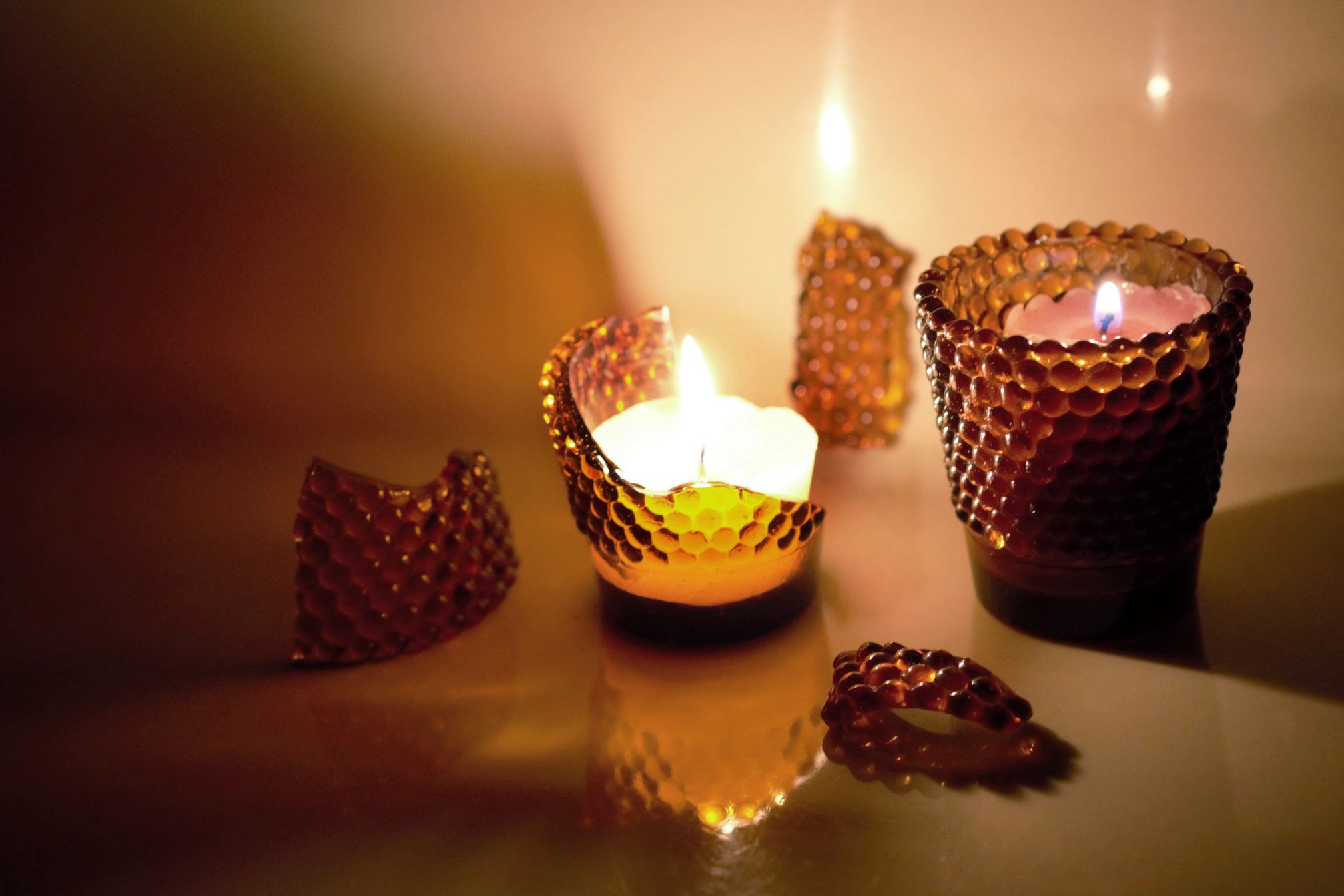



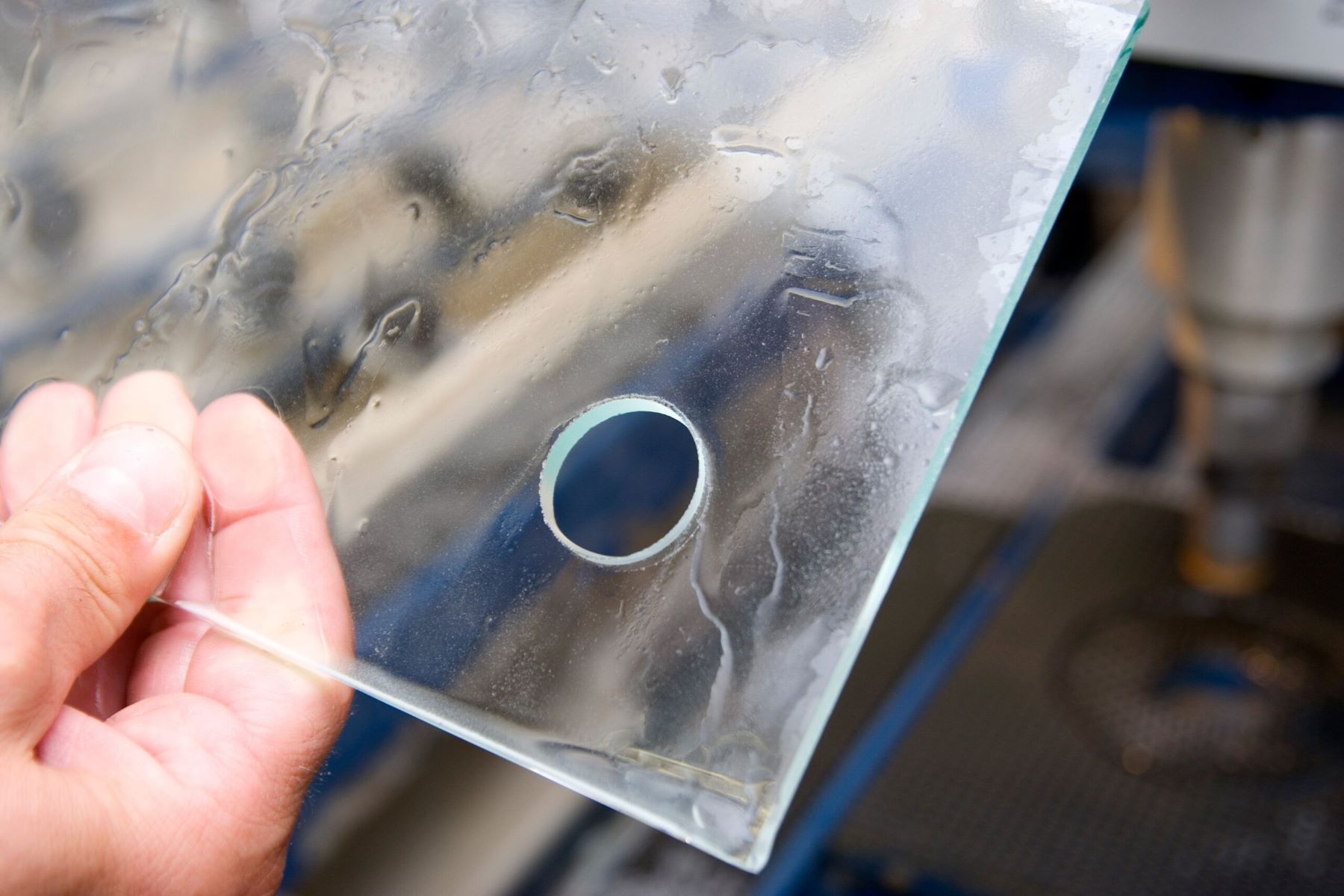
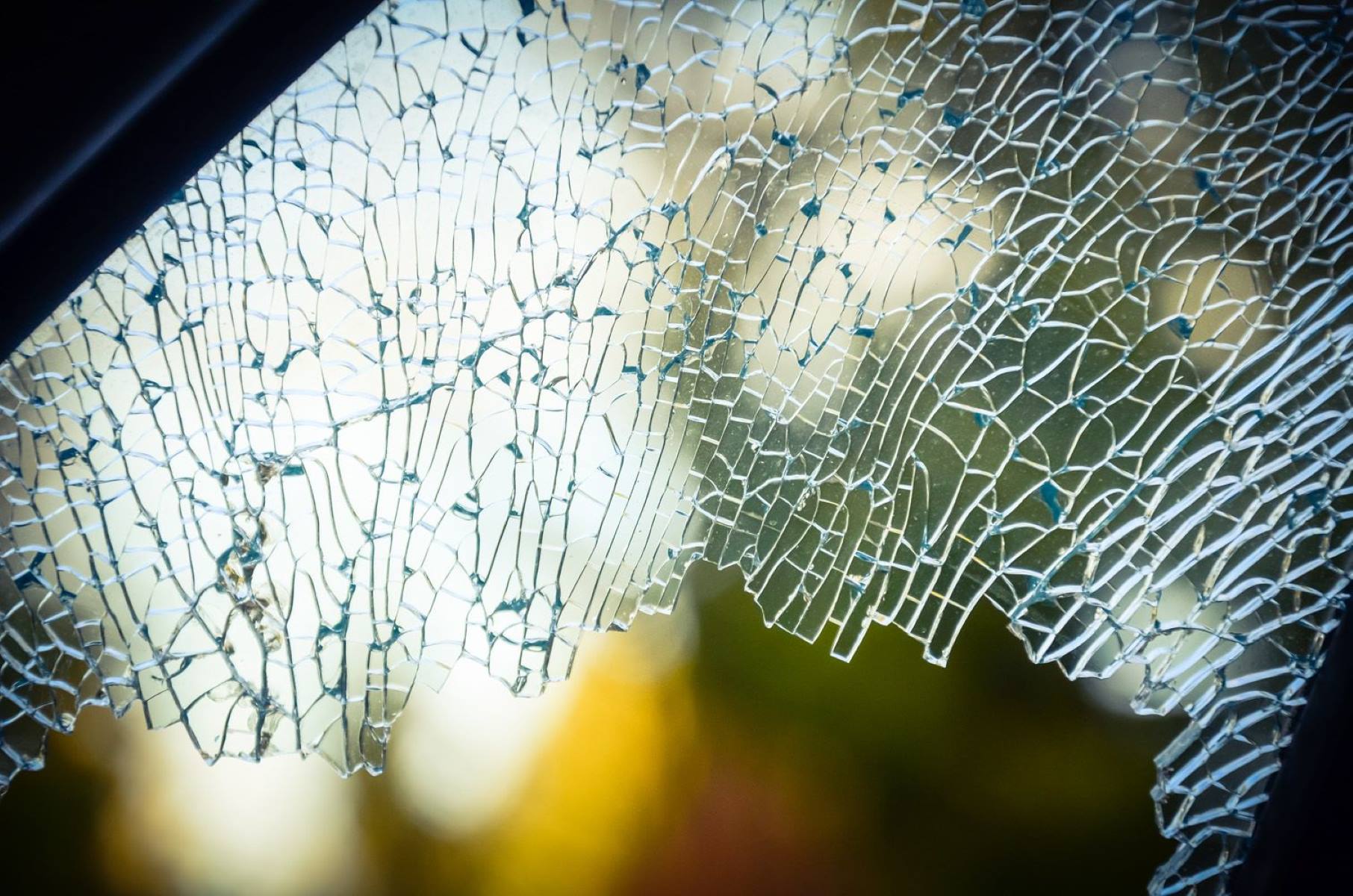

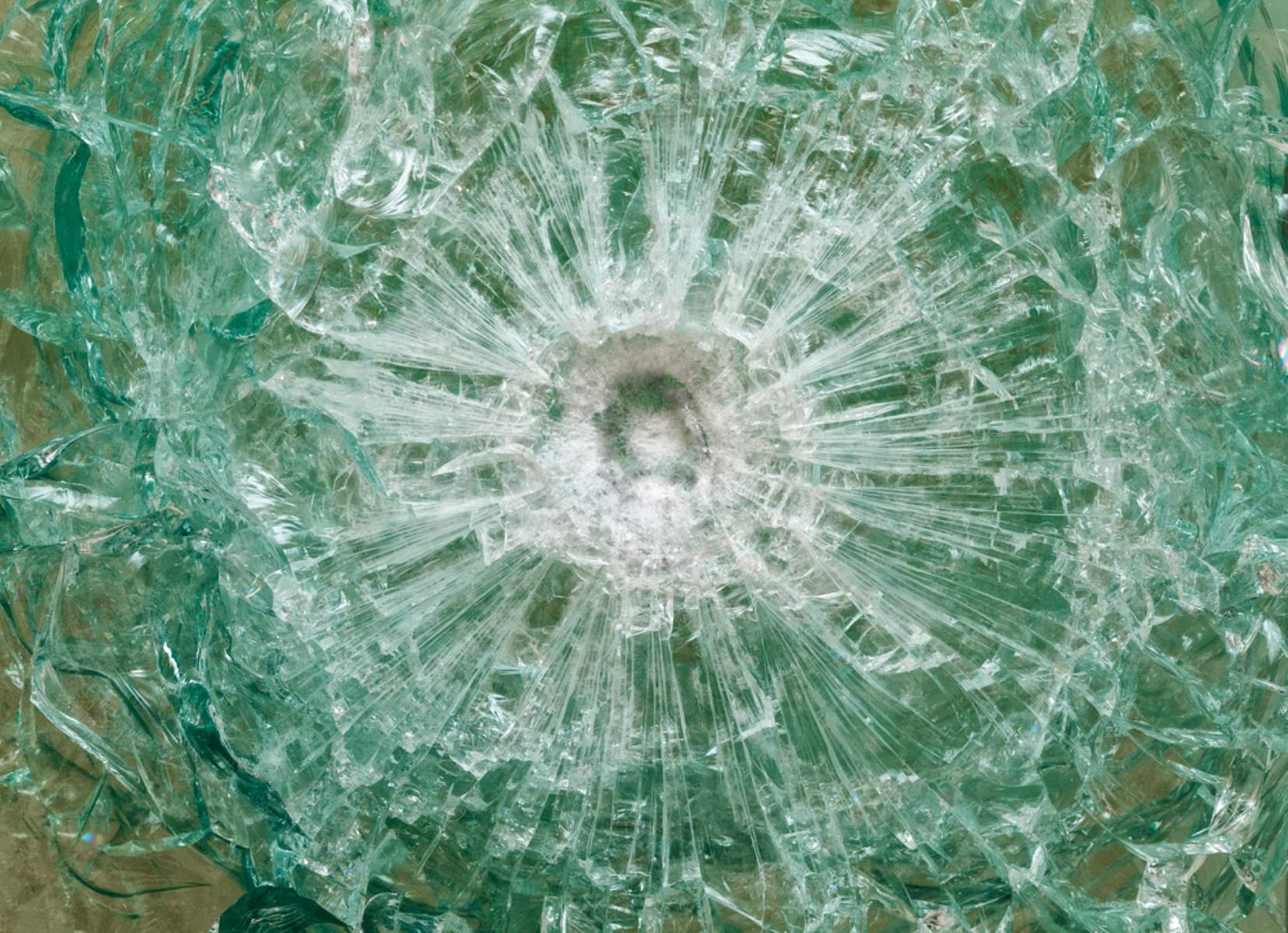
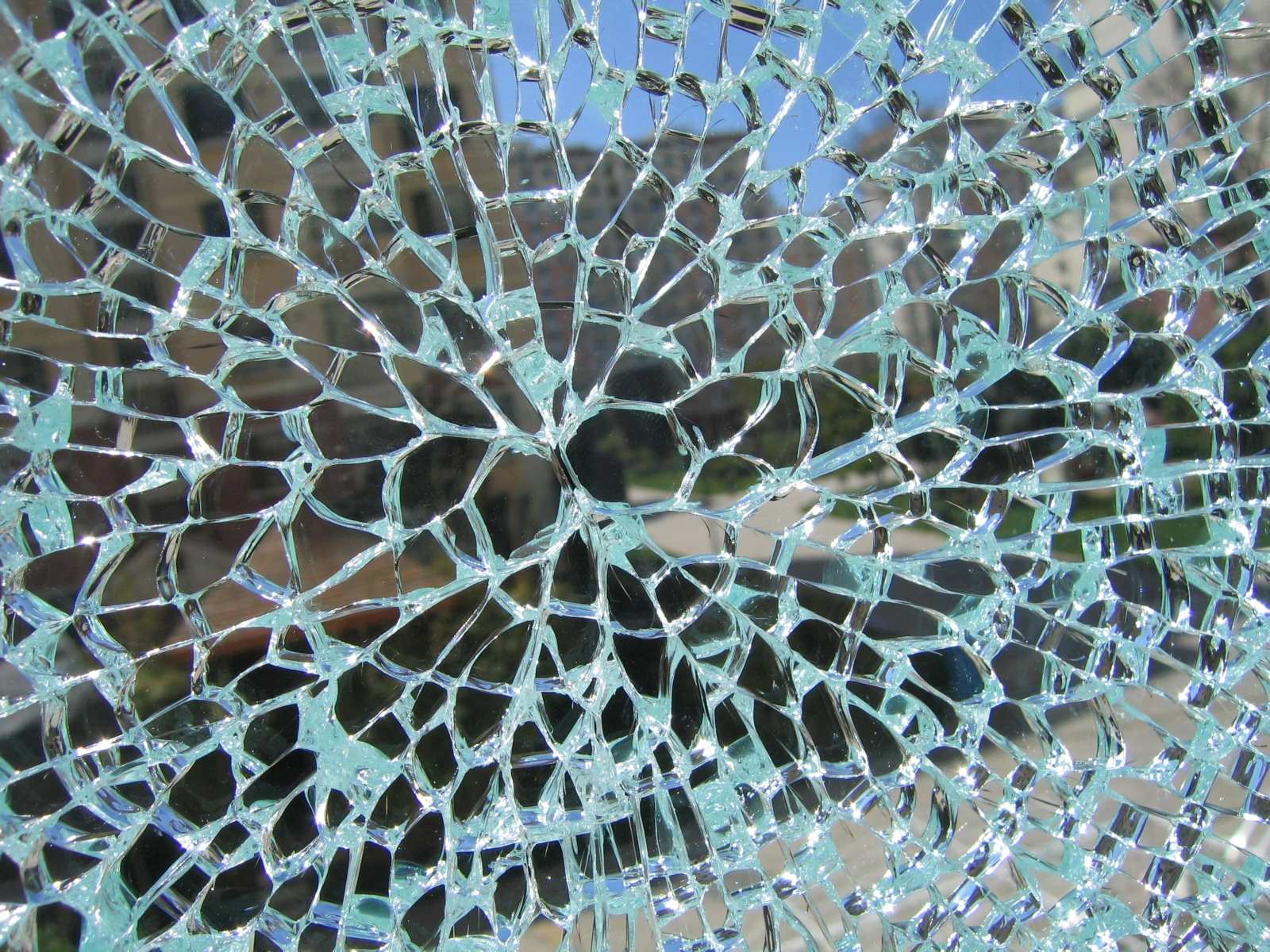

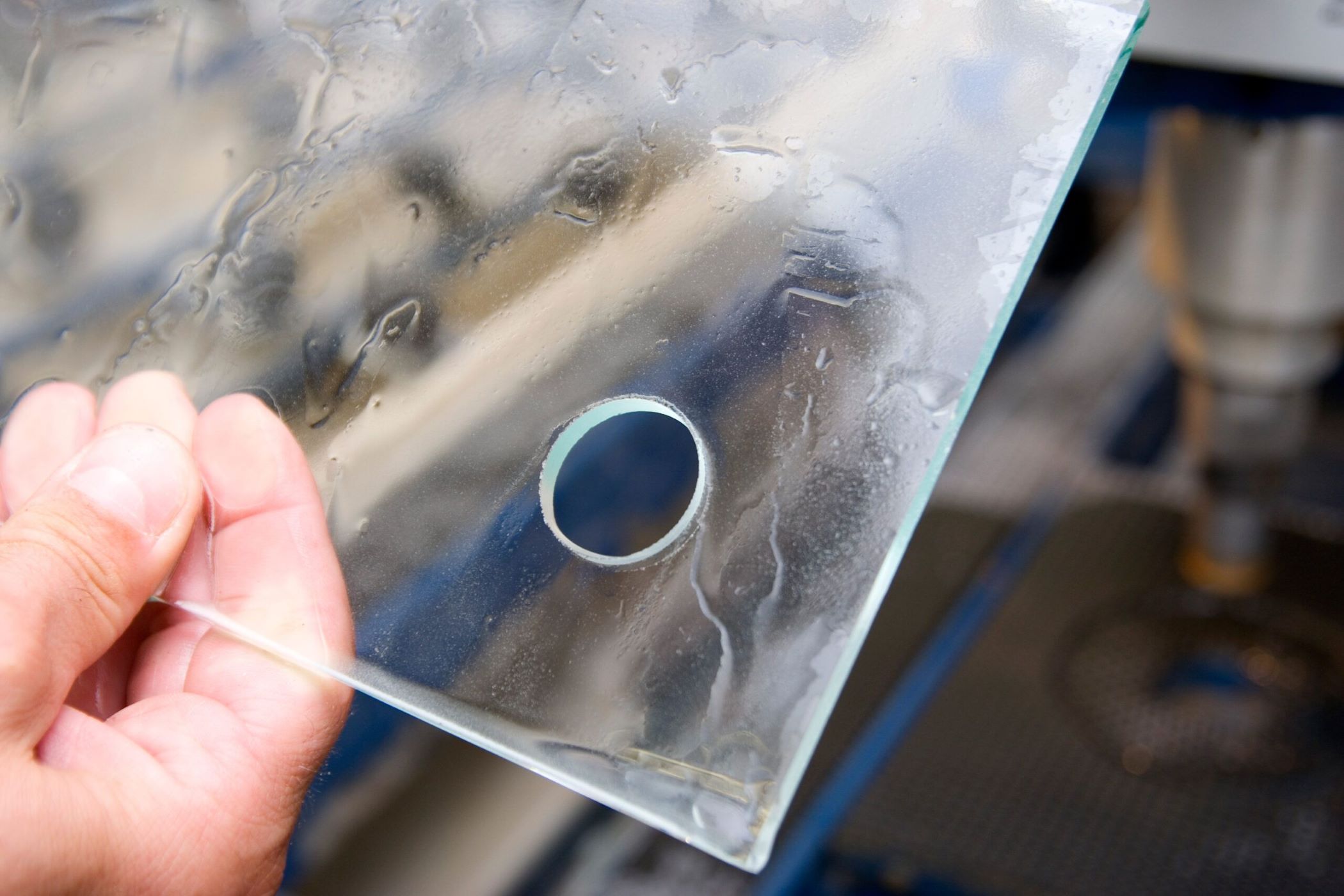
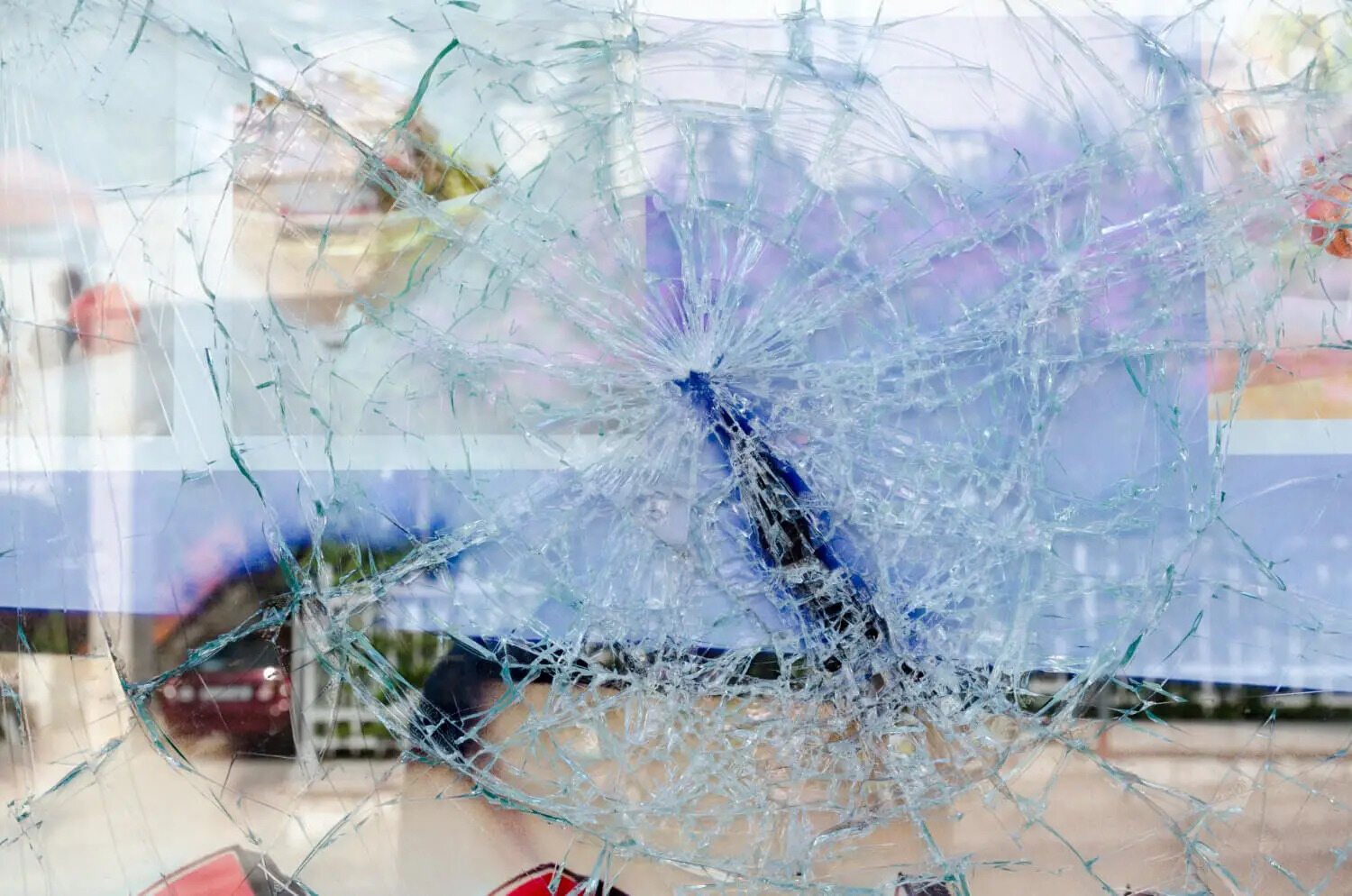

0 thoughts on “Why Break Glass At Jewish Wedding”